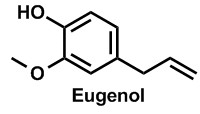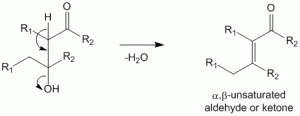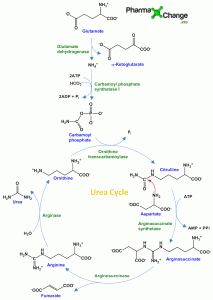Introduction
Clove, is a popular spice often used in Indian, African, Mexican and Middle Eastern cuisine, and has useful medicinal properties. Clove, historically for a certain period of time (around 17th century) were grown only on the Spice Islands or the Malaku Islands by the Dutch to gain monopoly. But the French succeeded in introducing the clove trees in Mauritius followed by many other countries. Before this in around third century BC clove was used in China and then by the fourth century by had gained popularity in Europe too. Due to its medicinal properties its use had started as an expectorant, anti-emetic and analgesic which still continues today. Eugenol is the active ingredient which is mainly responsible for the pharmacological properties of the drug. It is safely used in foods, beverages and toothpastes. Because of its analgesic (pain-killing) and antiseptic (bactericidal) activity it has gained wide acceptance in dentistry. It’s analgesic and expectorant (cough-suppressing) activity makes it a very good herbal treatment for symptomatic relief of sore throat. It is also known as lavang in India.
Clove
| Biological Source | Dried flower buds of Syzygium aromaticum (Eugenia caryophyllata/Caryophyllus aromaticus) |
| Family | Myrtaceae |
| Geographical Source | The plant grows in warm climates such as that of the Molluca islands, Tanzania, Sumatra, Madagascar, Indonesia, Sri Lanka, India and Brazil. It is also cultivated in Zanzibar and Pemba. |
| Morphology/Macroscopical Characters |
Organoleptic properties: The clove flower buds are around 10-17.5 mm long and 2mm thick and are dark brown (almost black) in colour. Cloves have a strong aromatic and pungent taste followed by numbness (analgesia) and a spicy odour . |
| Microscopic Characters | In a transverse section of the hypanthium, in the region below the ovary of the clove the following observations are made:
Going from outside (epidermis) to the inside (columella),
|
| Chemistry |
|
| Chemical Tests | On treating with strong KOH solution, clove shows needle shaped crystals of potassium eugenate. |
| Adulterants/Allied drugs/ Substitutes | Adulterants:
|
| Uses | Clove is used as a spice and as a carminative. Topically when clove oil is applied it has counter-irritant action. It is also used as an analgesic (pain-killing) and antiseptic (bactericidal) in oral health and dentistry. It’s analgesic, antiseptic and expectorant (cough-suppressing) activity makes it a very good herbal treatment for symptomatic relief of sore throat and coughing. Non-medicinally it is used in perfumes, for oil painting or as mosquito repellant.
Other proposed uses: |
| Other Notes (life cycle, extraction etc.) | – |
| Adverse reactions | Clove oil can be a skin and mucous membrane irritant and sensitizer in some cases. In large doses it can irritate the gastro-intestinal tract. |
References:
- Trease and Evans’ Pharmacognosy, 16e (Evans, Trease and Evans Pharmacognosy)
Elsevier: New York, 2009.
- Ara DerMarderosian, et. al. The Review of Natural Products 4th Edition.
- Kokate, C. K.; Gokhale, S. B.; Purohit, A. P. A textbook of Pharmacognosy, 29th ed.; Nirali Prakashan: Pune, 2009.



